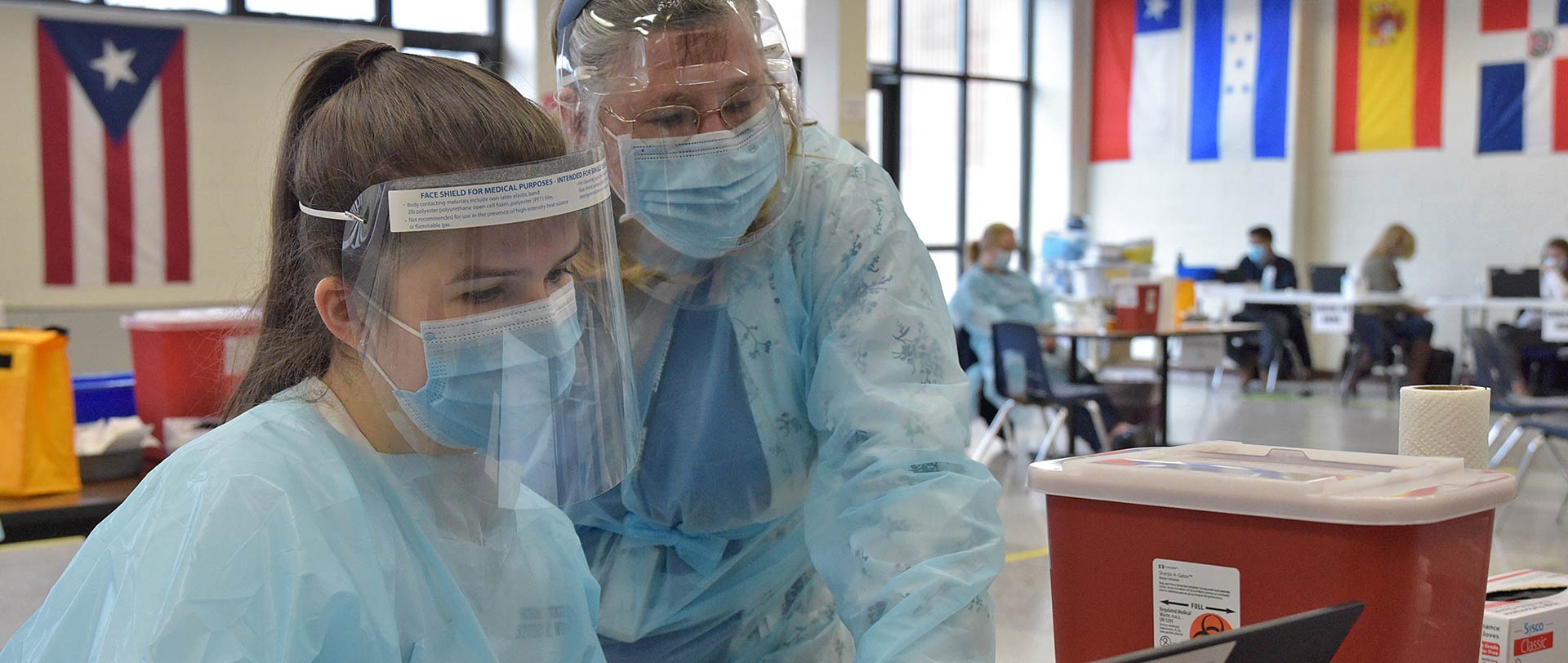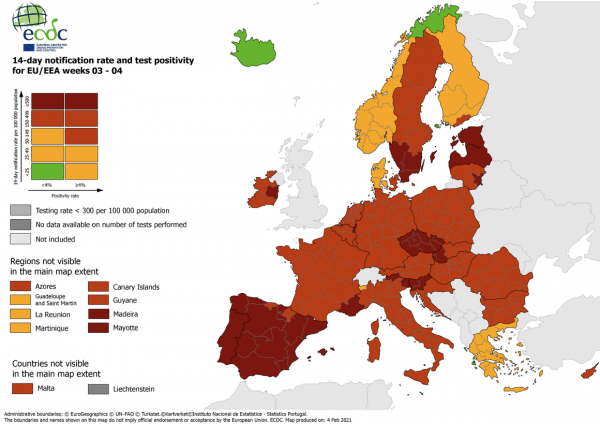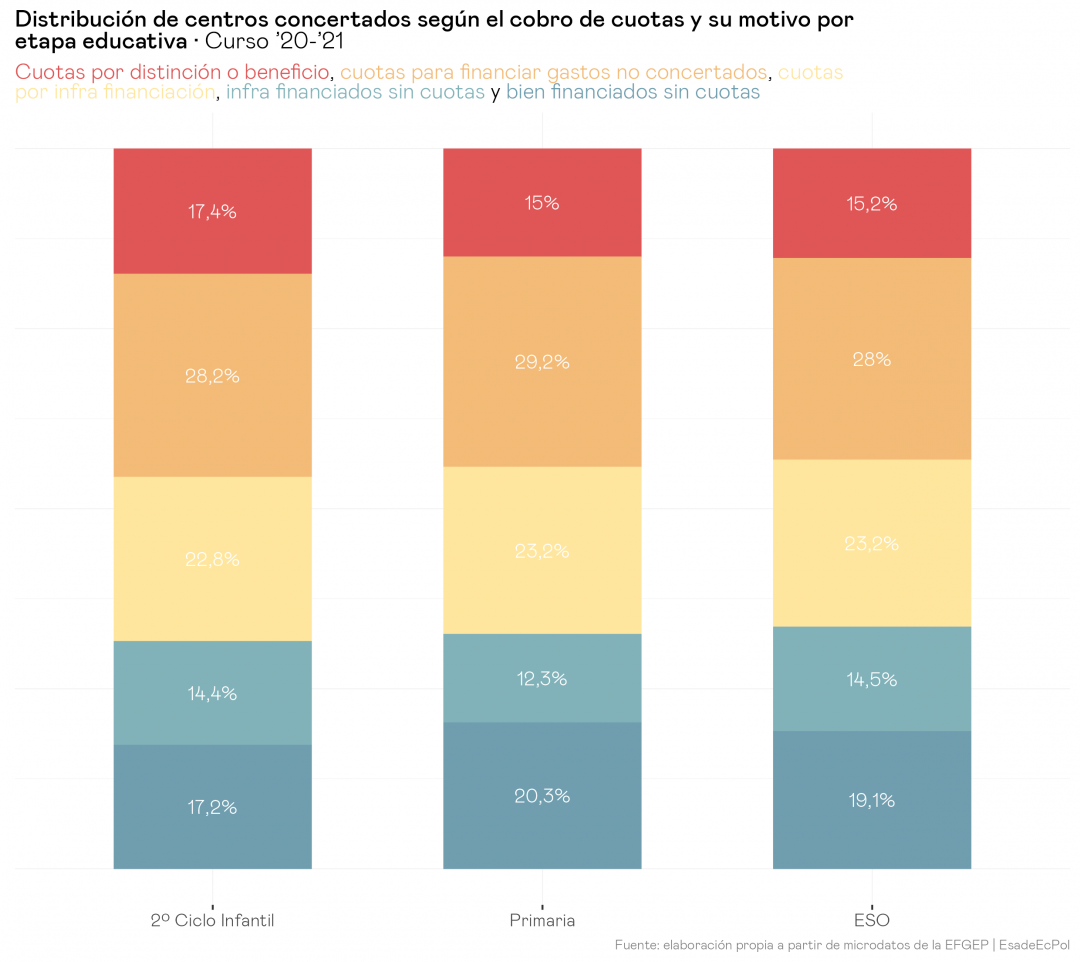
Exit strategy: Turning Europe’s Green Zoning strategy into a success
Miquel Oliu-Barton, Bary Pradelski
3 Feb, 2021
- After multiple infection waves, lockdowns and reopenings, the delayed vaccination campaigns leave Europe in dire need of a convincing exit strategy from the Covid-19 pandemic.
- Green Zoning consists in the differentiation of geographical areas dependent on their epidemiological situation and the adoption of targeted travel restrictions. This strategy is designed to halt the spread of the virus while minimising economic and social damage.
- While European coordination is essential, Europe’s newly updated Green Zoning misses the point by focusing on the isolation of high-incidence zones. However, the key to a lasting recovery is to build and protect a network of green zones, where life can progressively return to normal.
- The perspective of becoming and remaining a green zone will foster community spirit, and thus counter the increasing fatigue towards strict public health measures. In addition, the presence of protected green zones will spur renewed energy among other zones.
- Restoring mobility between green regions of different countries would not only reduce hardship, but also allow Europe to show its strength and not least enable the upcoming tourism season.
* * *
The current state of the Covid-19 pandemic in Europe urgently calls for a convincing exit strategy. We need to control the virus in the coming months to reduce hardship and the occurrence of new variants—in particular in light of the delays in the European vaccination campaign. To this end, more and more countries have introduced national or international mobility restrictions with varying levels of success.
Green Zoning is designed to halt the spread of the virus while minimising economic and social damage. The idea is simple: identify green zones—regions where the virus is under control based on a uniform set of conditions—and allow free movement between them while limiting travel to and from all other regions. In other words, restore mobility when and where it is safe to do so.
The strategy adopted by the EU is currently missing a pivotal element: protecting green zones is as important, if not more, than controlling hotspots
While very promising, the strategy adopted by the European Union (EU) is currently missing a pivotal element: protecting green zones is as important, if not more, than controlling hotspots. This is the case as green zones are the key to a lasting recovery—in green zones people can safely go to schools, restaurants, or travel freely, as the risk of contracting Covid-19 is very low. The protection of green zones should thus be a priority for the months to come. A secure network of green zones can be achieved via a harmonised set of travel restrictions that minimise the risk of reimportations. To become green, a region should satisfy two conditions: the virus circulation is sufficiently low, and the region has the willingness and means to control incoming travellers (e.g., via test and trace, quarantine hotels, vaccination).
Green Zoning in a nutshell
Green Zoning consists of four key steps which can be applied to a single country or a group of countries:
(1) Divide each country into smaller zones (for instance, regions or provinces);
(2) Label zones as green or red, depending on whether the virus is under control or not, using common objective epidemiological criteria;
(3) Adopt public health measures depending on the colour of the zones;
(4) Allow travelling between green zones, but limit other travel as much as possible (e.g., require individuals to have a negative test, a seven-day quarantine or a vaccination certificate when travelling from a red to a green zone).
The use of (1), (2), and (3) has been adopted by many countries and by the EU, usually opting for a wider range of labels. For instance, the EU recently moved from three to four colours. However, travel restrictions (4) are the key to a successful implementation, and thus the crucial distinction should remain green versus not green. This is the case since otherwise green zones will be exposed to reimportations, thus compromising the safety of the network of green zones. There is growing epidemiological and economic evidence that Green Zoning is an effective strategy to both curb the spread of the virus and limit economic damage.
The European Union’s Green Zoning strategy
In Europe, Green Zoning was adopted by France and Spain as early as April 2020, but, as the summer approached, travel restrictions were lifted as the EU strongly advocated for free movement. The EU thus failed to propose a gradual exit strategy and missed its chance to foster a fast and lasting recovery. As such, the resurgence of the virus after a summer of unlimited European travel was foreseeable.
EU Green Zoning. After this shortsighted choice, the EU eventually adopted a Green Zoning strategy on 13 October 2020. Since then, the European Centre for Disease Prevention and Control (ECDC) has been publishing a weekly map differentiating regions by colours:
- Green: the 14-day notification rate is lower than 25 cases per 100,000, and the test positivity rate is below 4%;
- Orange: the 14-day notification rate is lower than 50 cases per 100,000, but the test positivity rate is 4% or higher, or the 14-day notification rate is between 25 and 150 cases per 100,000 and the test positivity rate is below 4%;
- Red: the 14-day notification rate is 50 cases per 100,000 or higher and the test positivity rate is 4% or higher, or the 14-day notification rate is higher than 150 cases per 100,000;
- Grey: there is insufficient information or testing.
Member States agreed that there will be no restrictions, such as quarantine or testing, on travellers coming from ‘green’ regions, but the joint action fell short to define travel restrictions for non-green zones.
Updated EU Green Zoning. On 28 January 2021, the Council of the EU agreed on adding a new label for the most severely affected regions:
- Dark red: the 14-day notification rate is above 500 cases per 100,000.
Together with this new label, the EU agreed on common travel restrictions for the first time— travel to and from dark red zones will require a negative test prior to departure and quarantine on arrival, which can be shortened by a second negative test.
How to render EU Green Zoning successful
It is commendable that the EU is supporting its Member States in controlling the virus, but a shift of focus from red to green zones is urgently needed. To this end, travel restrictions need to be stringently implemented in order to successfully protect green zones (point (4) of the Green Zoning strategy).
The protection of green zones from reimportations. The key feature of Green Zoning is the protection of green zones so that they can progressively and safely return to normal. To this end, harmonised restrictions should apply to incoming travellers from or transiting through any non-green zone, and not only dark red zones (as is currently recommended). In practice, these restrictions should be enforced through controls along travel routes (highways, train stations, airports) and deterring fines.
The definition of green zones. Another key factor for successful Green Zoning is the definition of what ‘green’ means—the criteria for the ‘EU green label’. The threshold of 25 cases per 100,000 in 14 days is appropriate as long as the respective region has a functional test-and-trace system, which is able to identify any remaining community transmission. These criteria are supported by the recently formed NoCovid alliance, a multidisciplinary group of German academics who are advising their government.
European coordination. A joint international plan with the commitment of its enforcement by Member States is the best option to control the currently raging European pandemic. As the EU has taken leadership in Green Zoning, it would be a mistake to return to national measures. The virus does not respect national borders, and thus a renewed closure of inner-European borders would do more political and social harm than actually curb the virus.
All Member States should be allowed to adopt Green Zoning, even if others do not opt in. Some countries could implement travel restrictions supported by the EU, who in turn should offer support to protect green zones (e.g. testing on entry points to zones). The perspective of becoming and remaining a ‘green’ zone will create communal incentives and counter the currently observed behavioural fatigue towards strict public health measures. As such, the presence of protected green zones will foster renewed energy among other zones.
A path towards normality
After one year of a raging pandemic, we renew our call for joint action to implement Green Zoning in Europe. With more scientific evidence, and the growing support among the population led by groups such as NoCovid and by political leaders, the time is ripe for decisive action. Restoring mobility between green regions of different countries would not only reduce hardship, but also allow Europe to show its strength and, not least, enable the upcoming tourism season while the impact of vaccination is still limited. Let us not miss the opportunity twice.
Cover photo: WestConn/Flickr

Associate professor of economics at CNRS and an associate member of Oxford-Man Institute
View profile



